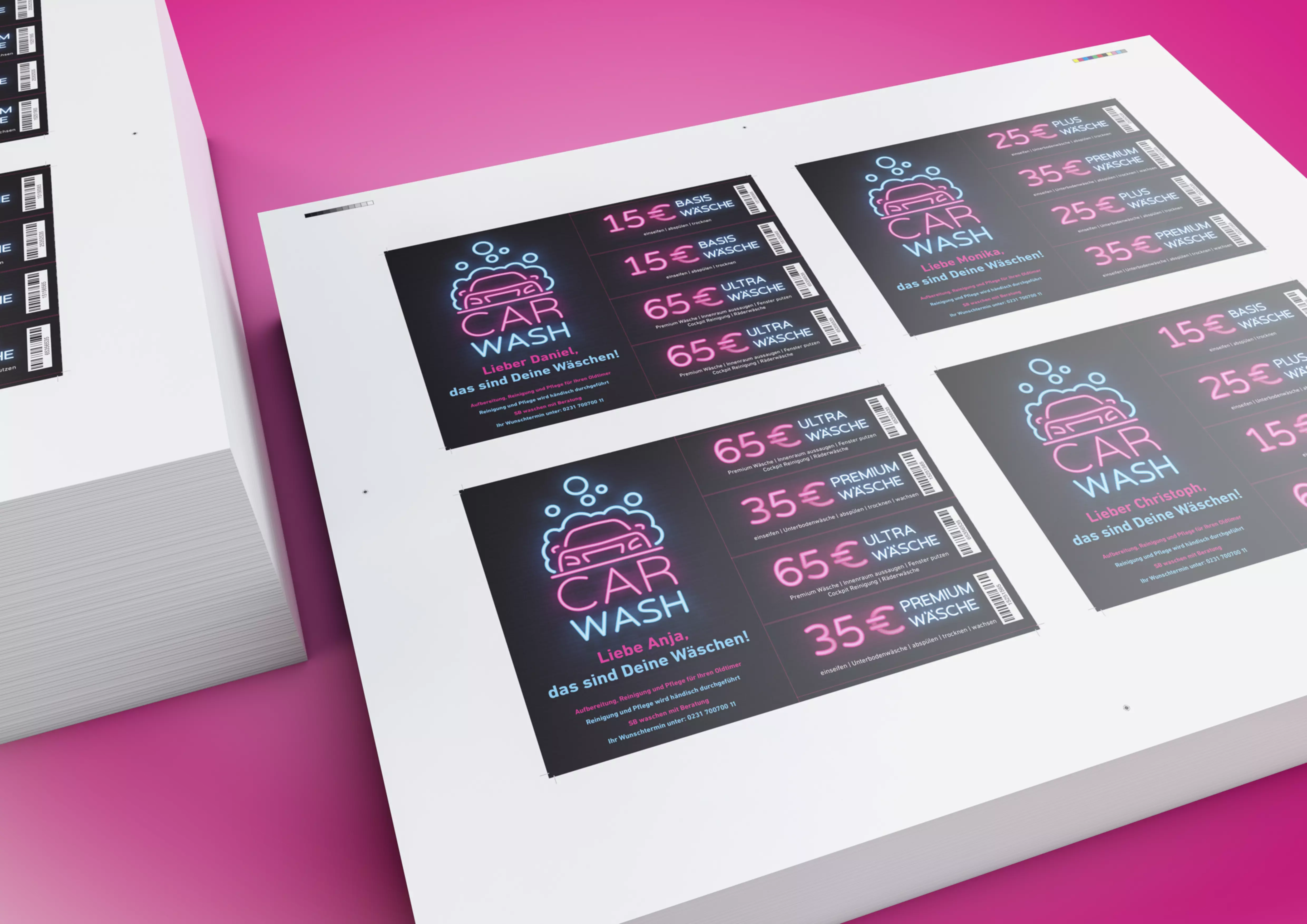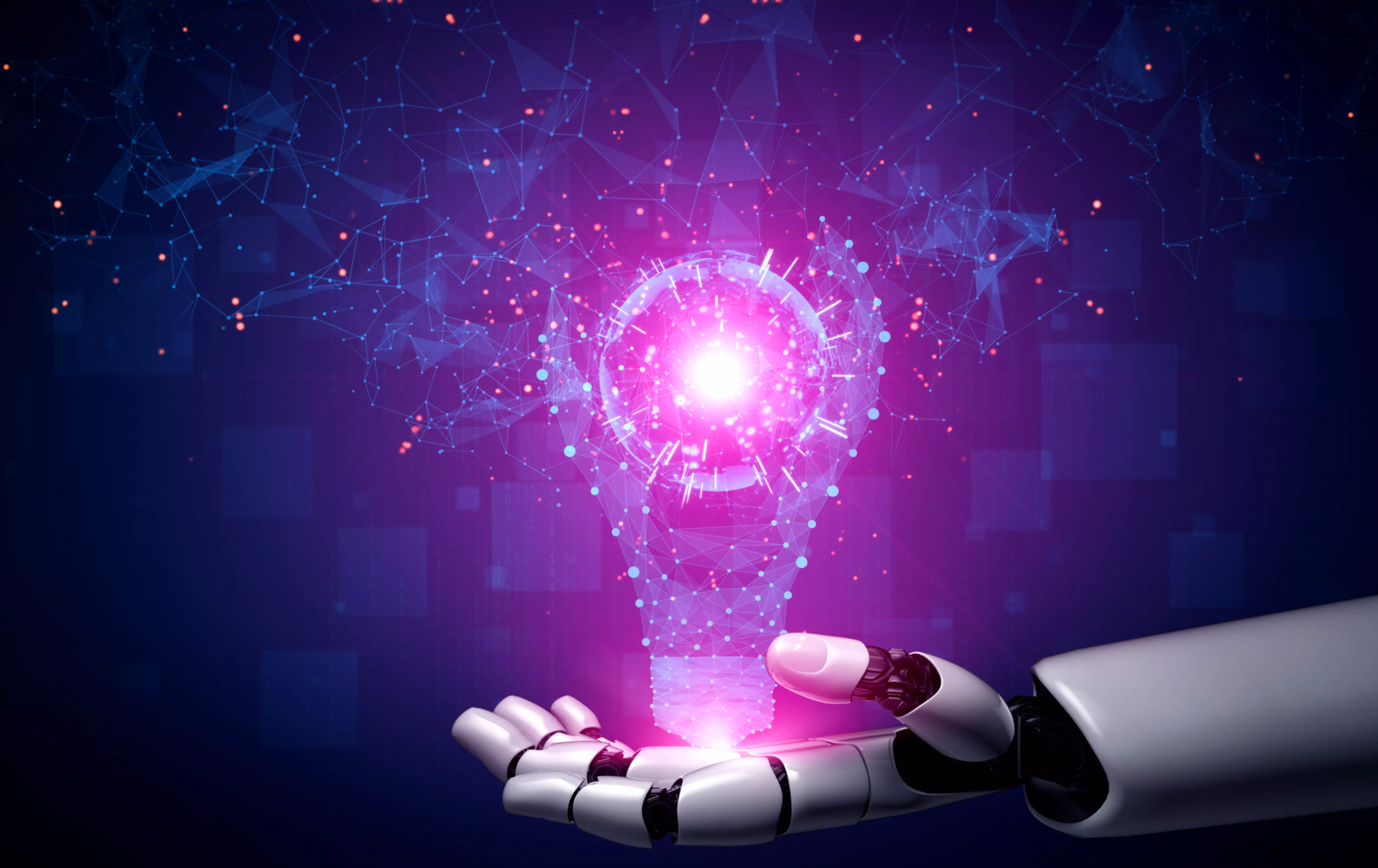Today’s printing industry is undergoing a significant transformation thanks to Artificial Intelligence (AI). The technology has redefined a number of processes by improving quality, consistency and repeatability as well as streamlining throughput.
Most of us will have seen how AI and Machine Learning (ML) have been included in new hardware launches to aid improvements in efficiency, accuracy, and creativity – particularly for color consistency.
In fact, maintaining consistent color quality across different print jobs and materials is one of the biggest challenges for the printing industry. AI-powered color management systems are now enabling printers to manage this effortlessly. AI can help by tracking how colors shift during the print process and correcting for inconsistencies in real-time, enabling sophisticated color customization based on individual preferences, and optimizing color settings for different printing materials and conditions by learning from past calibration processes.

Generative artificial intelligence that creates text, images, or other data is also being employed by the industry in these following ways:
- Design Automation to create highly customizable, complex designs based on user inputs or specific parameters. This enables printing businesses to offer personalized, unique designs at scale for products like packaging, promotional materials, textiles, and more.
- Customization and Personalization of custom designs, patterns, or text based on individual customer preferences or data such as names, preferences, or geographic locations. This is particularly useful in fields like packaging, marketing materials, and direct mail, where personalized content can have a stronger impact on consumers.
- On-Demand Content Creation to produce new content, such as images, graphics, or logos, on demand, without the need for human designers to create everything from scratch. This speeds up the design process to meet tight deadlines or produce unique content for short-run print jobs.
- Smart Layout and Composition to automatically optimize layouts for printed materials such as brochures, magazines, and posters. Considering text hierarchy, image placement, white space, and visual balance, generative AI ensures aesthetically pleasing and functional designs with minimal manual adjustments. Production time are accelerated and revisions reduced.
- Variable Data Printing (VDP) to generate unique content for each print based on pre-set criteria. This is particularly useful in personalized marketing, using different names, messages, or images. AI provides large-scale personalization by analyzing customer data to create tailored print like personalized direct mail, brochures, and catalogs.
- Text and Image Enhancement to enhance the quality of low-resolution images or text files, ensuring that printed materials have high visual fidelity. Elements like color, contrast, and sharpness, can be adjusted for improved print quality even when original assets are poor quality.
- Augmented Creativity with the provision of design suggestions following input of a basic idea or concept that can be further refined. This collaborative approach helps designers explore new ideas and innovate faster.
ML for Smooth Production
Most of us are also aware of how ML algorithms can analyze vast amounts of data generated during print jobs - everything from equipment data, production outputs, to operational metrics - to uncover insights that improve both quality and efficiency.
Key areas where machine learning is making an impact in printing include:
- Equipment Utilisation:
- Predictive Maintenance:
- Workflow Automation:
- Data-Driven Decision-Making: Printers can leverage AI to make real-time decisions based on production data. ML algorithms can analyze past jobs to recommend the most efficient layout, printing techniques, and even paper types to optimize cost and output quality.
What does this mean for the printer?
For printers, embracing AI offers numerous tangible benefits, both in terms of efficiency and profitability:
- Increased Productivity: With AI automating various processes, from file preflighting to job scheduling, printers can handle more projects with fewer errors and faster turnaround times. This boosts production capacity without needing to invest in additional human resources. AI can automate various stages of the printing process, from pre-press to post-press, which speeds up production cycles and reduces turnaround times.
- Cost Savings: AI-powered predictive maintenance and workflow automation reduce downtime, optimize material usage, and cut labour costs. Printers can save significantly by avoiding equipment breakdowns, streamlining production, and reducing waste.
- Better Quality Control: AI systems ensure consistent, high-quality prints by monitoring and adjusting print variables in real-time. This minimizes the risk of costly reprints and improves customer satisfaction through superior output quality. This avoids in a very professional way imperfections, color deviations and printing errors.
- Competitive Edge: In an industry where turnaround time and quality are critical, AI can give printers a significant competitive edge. Operations using AI-driven tools can offer faster services, more accurate color matching, and personalized print products that better meet client needs.
- Error control: AI algorithms are able to detect and correct errors in real-time, minimize human errors and ensuring optimal print quality which leads to higher consistency and avoids a lot of waste.

What Can We Expect for the Future of AI?
An indispensable tool
AI is transforming the printing industry, helping printers optimize their processes, ensure consistent quality, and offer more personalized, efficient services. From color correction technologies that ensure perfect prints every time to machine learning algorithms that optimize workflows and maintenance, AI is helping printers overcome long standing challenges.
As AI continues to advance, we can expect even more exciting developments in print automation, design, and sustainability. It will become an indispensable tool for printers who want to stay ahead of the curve.



